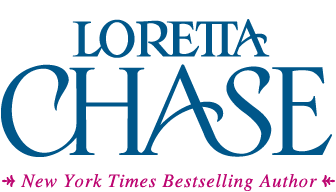The Old Bailey, from Ackermann's Microcosm of London.
Part 3 of my guide to Dukes Prefer Blondes (originally posted at Two Nerdy History Girls).
Several scenes in Dukes Prefer Blondes occur in or around the Old Bailey. Since this area is rather different now from what it was in the early 1800s, I highly recommend the Proceedings of the Old Bailey online, where I researched not only the building and environs, but my criminals and court cases.
“The Old Bailey, also known as Justice Hall, the Sessions House, and the Central Criminal Court, was named after the street in which it was located, just off Newgate Street and next to Newgate Prison, in the western part of the City of London. Over the centuries the building has been periodically remodelled and rebuilt in ways which both reflected and influenced the changing ways trials were carried out and reported.”
You can read more about its evolution here, as well as pinpoint the Sessions House (where trials were held) and Newgate Prison, conveniently located next door.
The color image of an Old Bailey trial is a couple of decades before the time of the story, but according to the website, the “basic design of the courtroom remained the same.”
Here’s an interesting historical detail from the Old Bailey site:
“Before the introduction of gas lighting in the early nineteenth century a mirrored reflector was placed above the bar, in order to reflect light from the windows onto the faces of the accused. This allowed the court to examine their facial expressions assess the validity of their testimony. In addition, a sounding board was placed over their heads in order to amplify their voices.”
By the time of the George Cruikshank illustration in 1848, the gas lights were in and the reflector was gone—although I’d think they could still use the sounding board.
Images: Thomas Rowlandson, “The Old Bailey,” from Ackermann’s Microcosm of London, Vol 2, courtesy Internet Archive.
George Cruikshank, “From the bar of the gin shop to the bar of the Old Bailey it is but one step,” from The Bottle in Eight Plates (1848), Courtesy of The Lewis Walpole Library, Yale University.
Clicking on the image will enlarge it. Clicking on the caption will take you to the source, where you can learn more and enlarge images as needed.

